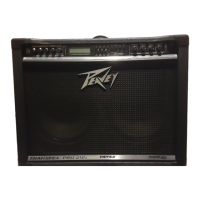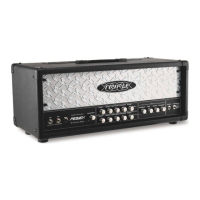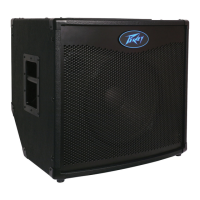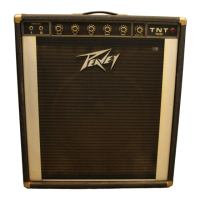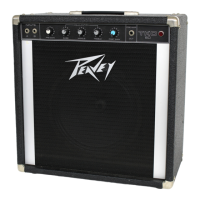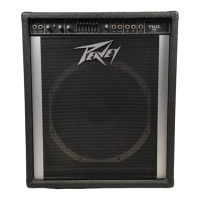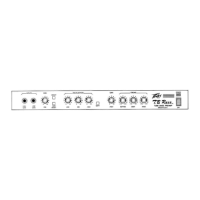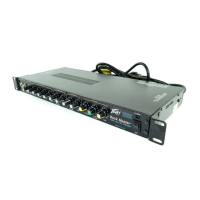The 1D points to the Delay Separation Byte, whose bit seven is used for the rolloff flag.
The 07 says that we’re poking bit #7.
The first 01 says that we’re programming one bit.
The second 01 says that we’re setting (vs. clearing) the bit.
*** “Current” addressing is an alternate method of controlling the ten preset parameters that have
dual settings. Instead of the programming device needing to have two different strings for the
two levels of, say, Pre Gain, it can use these messages with the address of the first Pre Gain
parameter, and the status of the Boost will determine which of the two bytes will actually be
read or written. For example, ten sliders (out of 16) of a PC1600X can write current Pre Gain
through Delay Level, and four of the PC1600X’s buttons could emulate the EFX Select Mode
of the PFC4. Then, all 20 levels could be edited with ten sliders, instead of needing 20 (which
the unit does not have).
**** This message sends a Receive EdBuf message so it is less destructive upon return to the
amp (overwrites the EdBuf). If the Receive Single Preset message is sent to the amp, it
overwrites a User preset. A PC program can easily modify the header if this is the desired
result, or follow up with a Store command (0A).
28
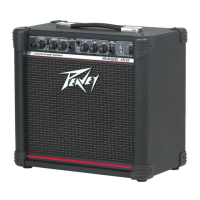
